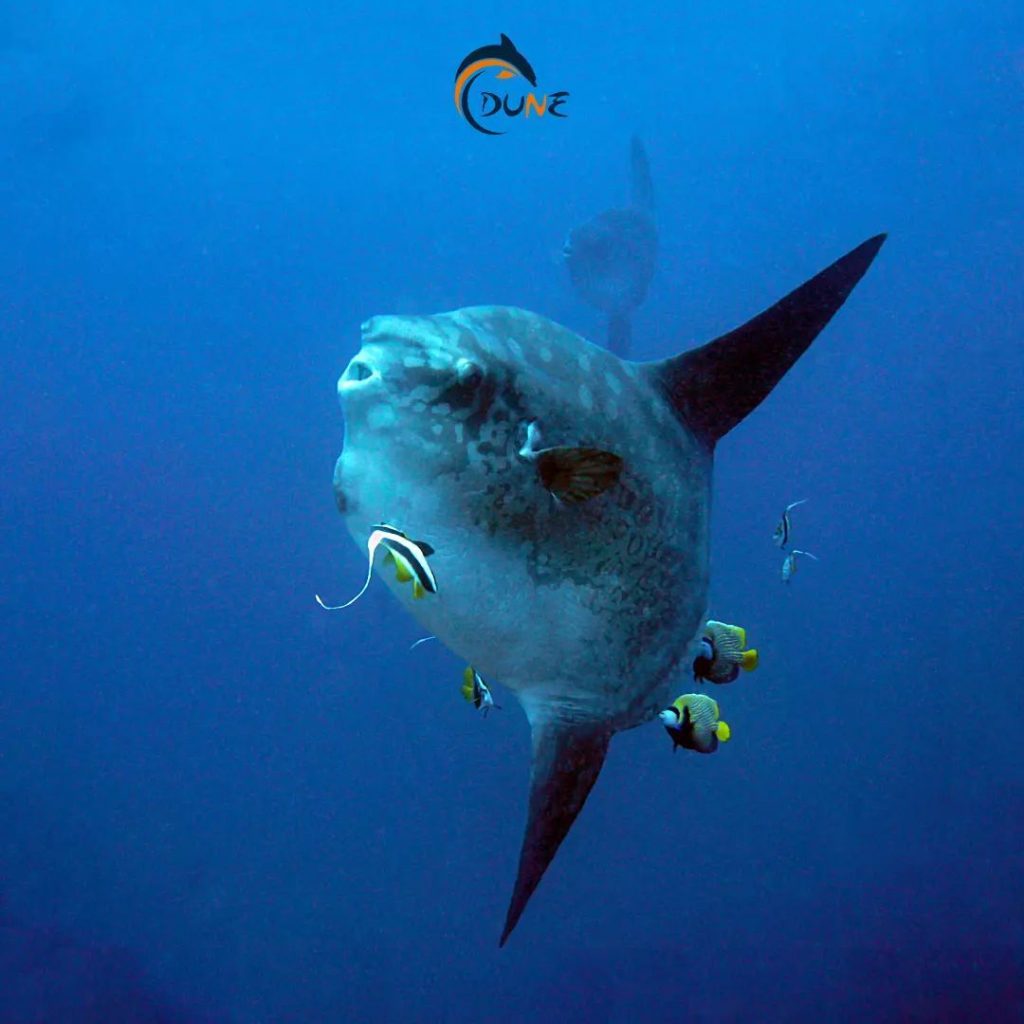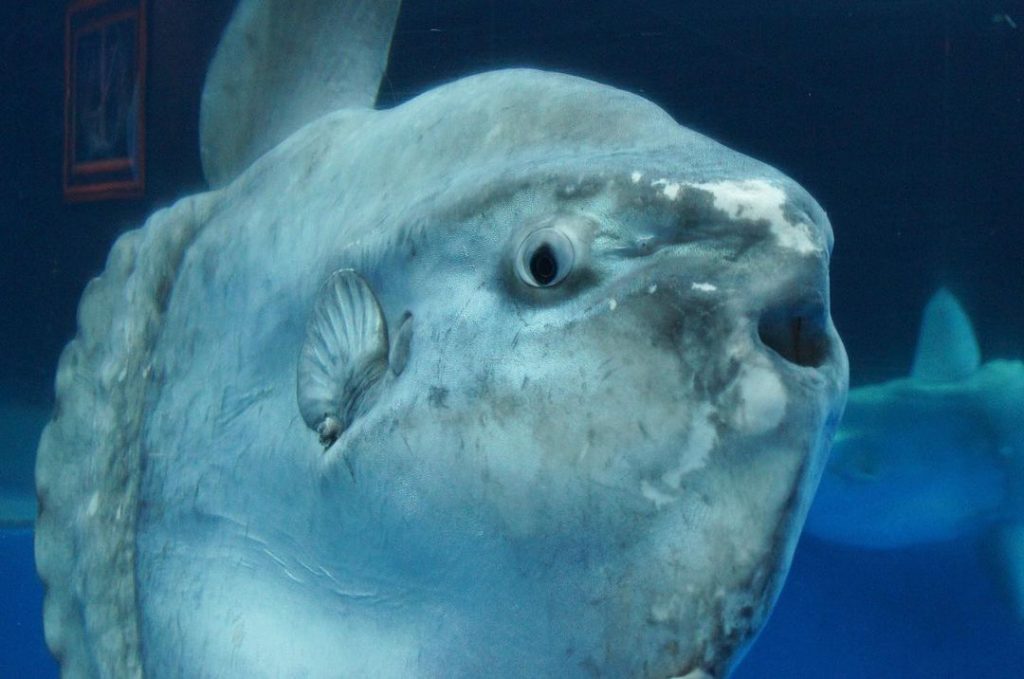
It’s July! For scuba diving enthusiasts, ’tis the season of Mola Mola in Bali! It’s the time when they can have the chance to meet this elusive creature in Nusa Penida water.
Most commonly seen in Nusa Penida is the Mola-Mola, or Ocean Sunfish. The strange but lovely creatures are Bali’s top draw for scuba divers. The Mola-Mola, which is regarded as the largest bony fish in the world and can lay over 300 million eggs, can weigh up to 1000 kg. Their circular bodies appear extremely small from the front and back, and their dorsal fins can reach heights of up to three meters.
July, the Start of Mola Mola Season in Bali
These fish have been spotted in Bali’s seas as deep as 350 meters throughout the year. Between mid-July and mid-November, they get closer to the surface. If you are wondering where to see Mola Mola during the season, Nusa Penida will be the best place. However, the island could get quite packed with divers in day trip groups. Some of the best alternatives are Lembongan and the underwater area outside of Padangbai or Candidasa are the best locations to locate them.
The majority of sightings in Bali take place in the summer, especially in June and July, when the water temperature is between 13º and 17º C.
The temperate and tropical sections of the Mediterranean, Atlantic, Indian, and Pacific Oceans are frequently home to the Ocean sunfish, or Mola Mola. The adult sunfish live in oceans around the world, both temperate and tropical. Although they occasionally enter kelp beds and deep coral reefs to be cleaned of parasites by fishes like wrasses (Labroides dimidiatus and Thalasoma lunare) and Emperor Angelfish, they prefer the open ocean.
More Diving & Travelling Stories:
The Best Time for Diving Season in Komodo Island
Why You Can Only See the Sunfish During Certain Season in Bali

Molas typically reside beyond deep to be seen by amateur divers. However, due to shifting currents and water temperatures that cause the Mola Mola to approach shallower depths, divers have the opportunity to get a pretty good look at the fish every year for a few months.
Whether it’s in the northeast Atlantic, British Isles, or the equator waters like Bali, the Mola Mola showed seasonal movements that, in the summer, extended into higher latitudes and were predominantly influenced by thermal preferences.
In short, they actually live in Bali waters all year round. However, they live too deep to be encountered with recreational diving. The change of temperature during the hottest months of the year motivated them to go into the shallower depths, thus the season!
Why Nusa Penida is Great to See Mola
On the far side of Nusa Penida, lies the Wallace Line – A deep trench which runs 1300 meters deep, separating Bali, Indonesia from Austronesia. Nusa Penida forms a natural barrier for the ocean currents, which cause strong upwelling’s of cold water, this movement of water attracts large pelagic species such as sharks, rays, and the Oceanic Sunfish.
More Diving & Travelling Stories:
Diving with the Critters in Tulamben Bali
Seeing Mola Mola in Nusa Penida Bali
Although Molas have a huge body and no natural predators, they rarely approach the reefs. Mola-Molas will therefore swim away if you or your guide tries to approach them; instead, just remain still when you notice them. You must stay very still, close to the reef, and wait for the mola-molas to approach you. They should relax and prepare for their “Cleansing Ritual”, which are done by the reef fish. A Mola-Mola moves its bodies upward and slightly sideways after it locates a location to clean itself. When they are cleaned, they will get super relaxed and enter almost a trance-like state. This is the great time to come closer to the proximity and observe this curious creature.

